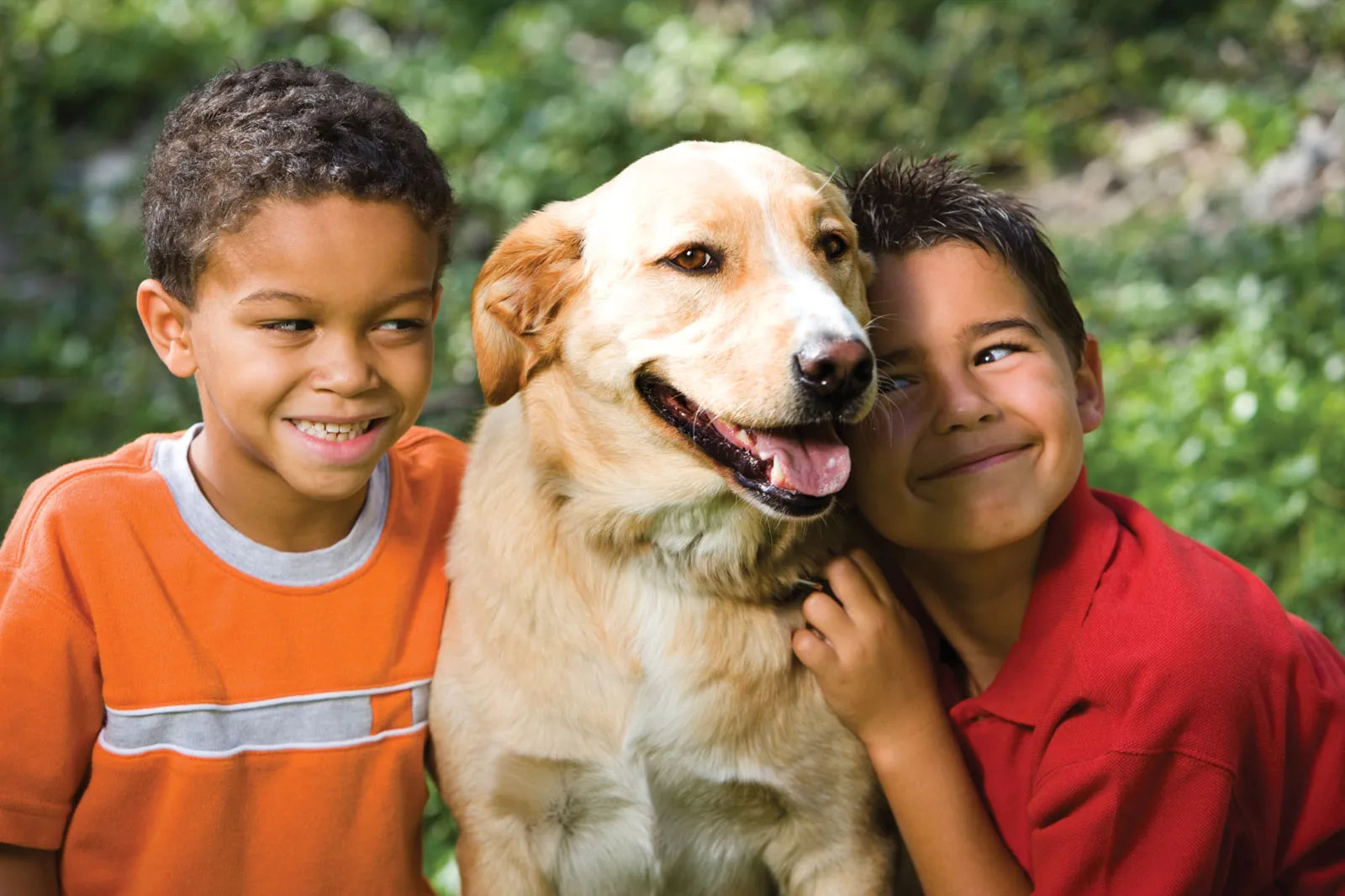
Leave Only Pawprints: A Dog Owner's Guide to Leave No Trace Hiking
Share
As a Trailtrotpet family, we know you love exploring the great outdoors with your canine companion. But with millions of paws hitting the trails each year, our collective impact can add up quickly. Following the principles of Leave No Trace (LNT) is not just for human hikers; it’s an essential part of responsible dog ownership on the trail. Here is how you and your best friend can ensure you "leave only pawprints" behind.
1. Plan Ahead and Prepare
Success starts before you even step onto the trail.
-
Know the Rules: Always check the specific regulations for the park, trail, or wilderness area you plan to visit. Are dogs allowed? Are they required to be on a leash? What are the hours? Be a responsible visitor by knowing and following all rules.
-
Assess Readiness: Is your dog physically capable of the hike? Do they have reliable recall in a distracting environment? Bring a well-fitted harness, a durable leash (6-foot is standard for control), and all the necessary gear (water, first-aid, etc.).
2. Dispose of Waste Properly
This is the most critical principle for dog owners.
-
Pack Out All Poop: Dog feces, even in the woods, can spread disease, pollute water sources, and disrupt the natural ecosystem. Never leave bagged waste on the side of the trail, assuming you’ll pick it up later. Instead, use an odor-proof bag or a dedicated waste pouch attached to your dog’s pack or your own. Pack it in, pack it out.
-
Minimize Urine Impact: Encourage your dog to pee on durable surfaces like rocks or bare ground, and away from the center of the trail, campsites, and most importantly, at least 200 feet from any water source.
3. Respect Wildlife
Remember that you and your dog are guests in the animals' home.
-
Leash is Law (Often): Even in areas where voice control is permitted, using a leash is the best way to prevent your dog from chasing, harassing, or accidentally injuring wildlife, or disturbing their nests and dens.
-
Prevent Encounters: A sudden encounter can be stressful for both the wild animal and your dog. If you spot wildlife, leash your dog immediately (if they aren't already), and move quietly off the trail to let the animal pass undisturbed.
4. Travel on Durable Surfaces
Keep those excited paws where they belong!
-
Stay on the Trail: Allowing your dog to wander off-trail, especially in fragile alpine environments or sensitive ecosystems, can damage vegetation and lead to soil erosion. Keep your dog close to the center of the established path.
-
At Camp: If camping, keep your dog within your immediate campsite area, ideally tethered to a knot-a-hitch system or inside your tent. Encourage them to rest on a dedicated blanket or sleeping pad, rather than trampling surrounding plants.
5. Be Considerate of Other Visitors
A pleasant trail experience is a shared responsibility.
-
Yield to Others: Step to the side of the trail (and always leash your dog) when encountering other hikers, especially those with horses or large packs. Keep your dog from jumping on or rushing toward other people and dogs.
-
Quiet is Key: Control excessive barking. Natural sounds are part of the outdoor experience, and excessive noise from your dog (or yourself) detracts from the peace of the wilderness for everyone else.
By integrating these LNT principles into your routine, you are protecting the trails, the wildlife, and the experience of other adventurers, ensuring that the beautiful places we love remain accessible for generations of Trailtrotpet families.






